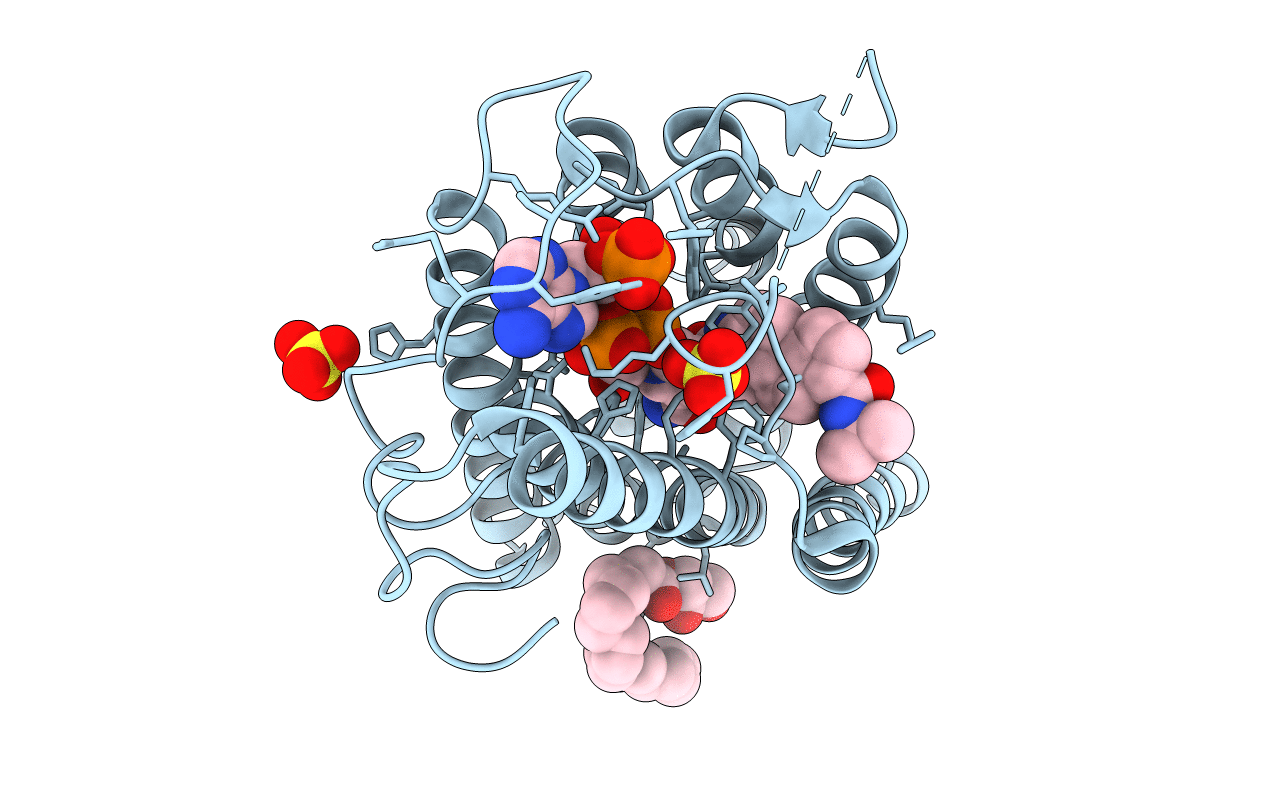
Deposition Date
2020-04-13
Release Date
2020-08-05
Last Version Date
2024-11-06
Entry Detail
PDB ID:
7BW1
Keywords:
Title:
Crystal structure of Steroid 5-alpha-reductase 2 in complex with Finasteride
Biological Source:
Source Organism:
Homo sapiens (Taxon ID: 9606)
Host Organism:
Method Details:
Experimental Method:
Resolution:
2.80 Å
R-Value Free:
0.26
R-Value Work:
0.23
R-Value Observed:
0.24
Space Group:
P 6 2 2


